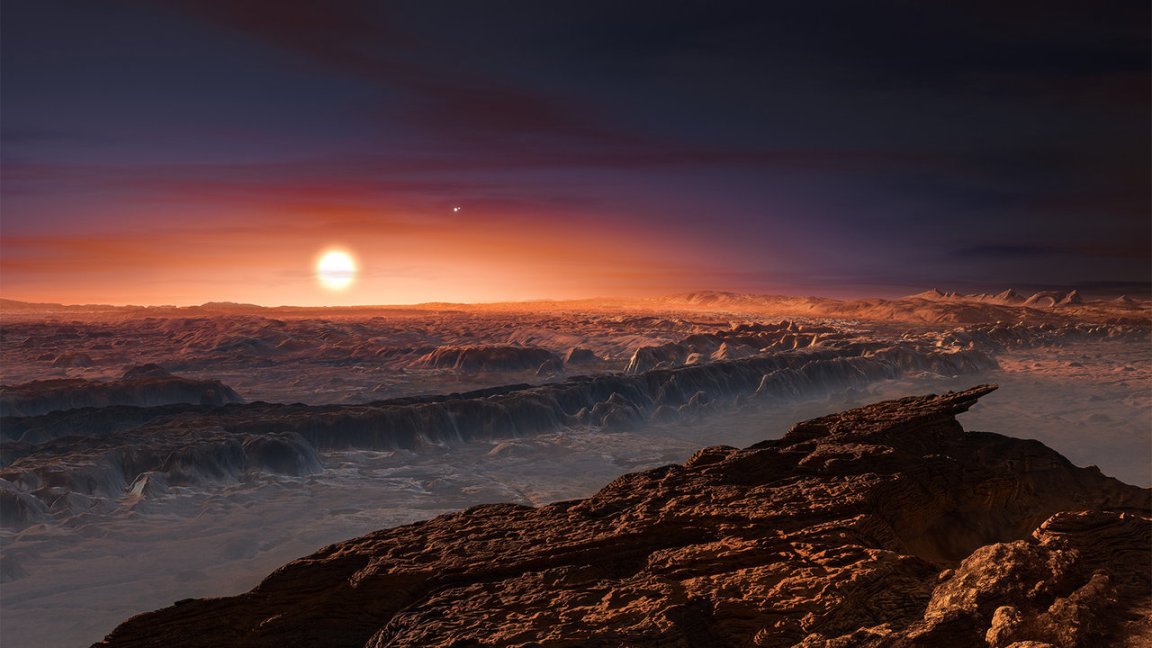
Returning to the Moon, and Beyond
48 years ago, NASA launched the Apollo 11 mission, with astronauts Neil Armstrong, Buzz Aldrin, and Michael Collins. On July 20, 1969, Neil Armstrong would take the first step on the Moon, with Buzz Aldrin to follow shortly after. The men became the first humans to walk on the Moon.
While we haven’t returned to the Moon in decades, that’s not to say humanity hasn’t recently ventured to space — the International Space Station being proof of humanity’s continued off-Earth presence.
For a time, thoughts of going back to the Moon were overshadowed by a yearning to go to Mars. However, following Vice President Mike Pence’s announcement in October that the United States would begin sending astronauts back to the Moon, Mars has once again taken a backseat. Just last week, President Trump signed a new directive ordering NASA to focus on a new U.S. space exploration program.

“Imagine the possibility waiting in those big beautiful stars if we dare to dream big,” President Trump said at the signing. “That’s what our country is doing again, we’re dreaming big.”
“Dreaming big” is certainly one way to put it, as NASA has various projects and missions in development that would take us far beyond the Moon. To start, there’s the Space Launch System (SLS) rocket and Orion spacecraft — both of which are key components to the organization’s plans to get to the Moon, Mars, and deep space. Those are followed by the Deep Space Gateway, which will be constructed near the Moon and serve as a space station to help facilitate the long journey to Mars.
Journey to Another Star System
If NASA gets its way, though, it’ll send people deeper still into outer space. As reported by New Scientist, NASA is reportedly making plans to launch a spacecraft to a nearby exoplanet in 2069 — 100 years after the success of the aforementioned Apollo 11 mission.
According to Newsweek, the mission will take the spacecraft to the Alpha Centauri system, home to Proxima b. Unsurprisingly, the mission is reportedly so early in the planning phase that it doesn’t even have a name yet. Anthony Freeman, manager of the Innovation Foundry at NASA’s Jet Propulsion Laboratory, called the whole thing “very nebulous.” Even the technology for such an expedition has yet to be developed, though NASA is said to be looking into using the same robot probe technique used by Russian billionaire Yuri Milner and his Breakthrough Starshot project.

While the unnamed mission was revealed at the 2017 American Geophysical Union conference on December 12, it’s not an entirely new idea. In fact, the idea was born in 2016, when U.S. Representative John Culberson (R–TX) ordered NASA to plan a trip to the star system by 2069. In the report that accompanied the considered bill, Culberson and the subpanel that oversees NASA were encouraging the agency “to study and develop propulsion concepts that could enable an interstellar scientific probe with the capability of achieving a cruise velocity of 0.1c [10 percent of the speed of light].”
Voyager-1, the only other spacecraft to reach interstellar space, is traveling less than 1 percent of 1 percent of the speed of light, according to Newsweek. With Alpha Centauri being about 4.4 light-years away, NASA’s probe would probably reach the system in about 44 years if it managed to move at 10 percent of the speed of light. The probe wouldn’t be the only hardware used in the mission, either. NASA would follow up on the probe with a space telescope capable of gathering data about the system without needing to see everything inside — an invaluable trait considering Alpha Centauri’s distance from us.
Of course, 2069 is decades away, giving NASA plenty of time to design, build, and test the technology needed to make the trip possible. Voyager-1 was launched nearly 40 years ago and still has more to show us. What’s another 50 years before we can see into another star system?